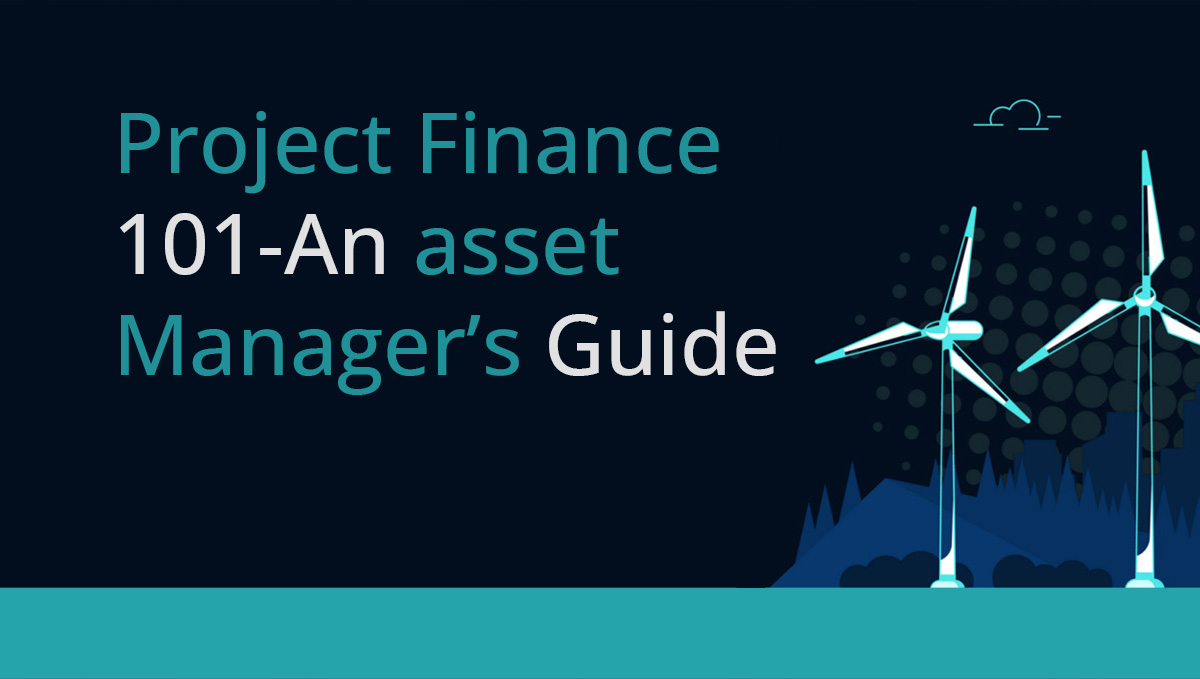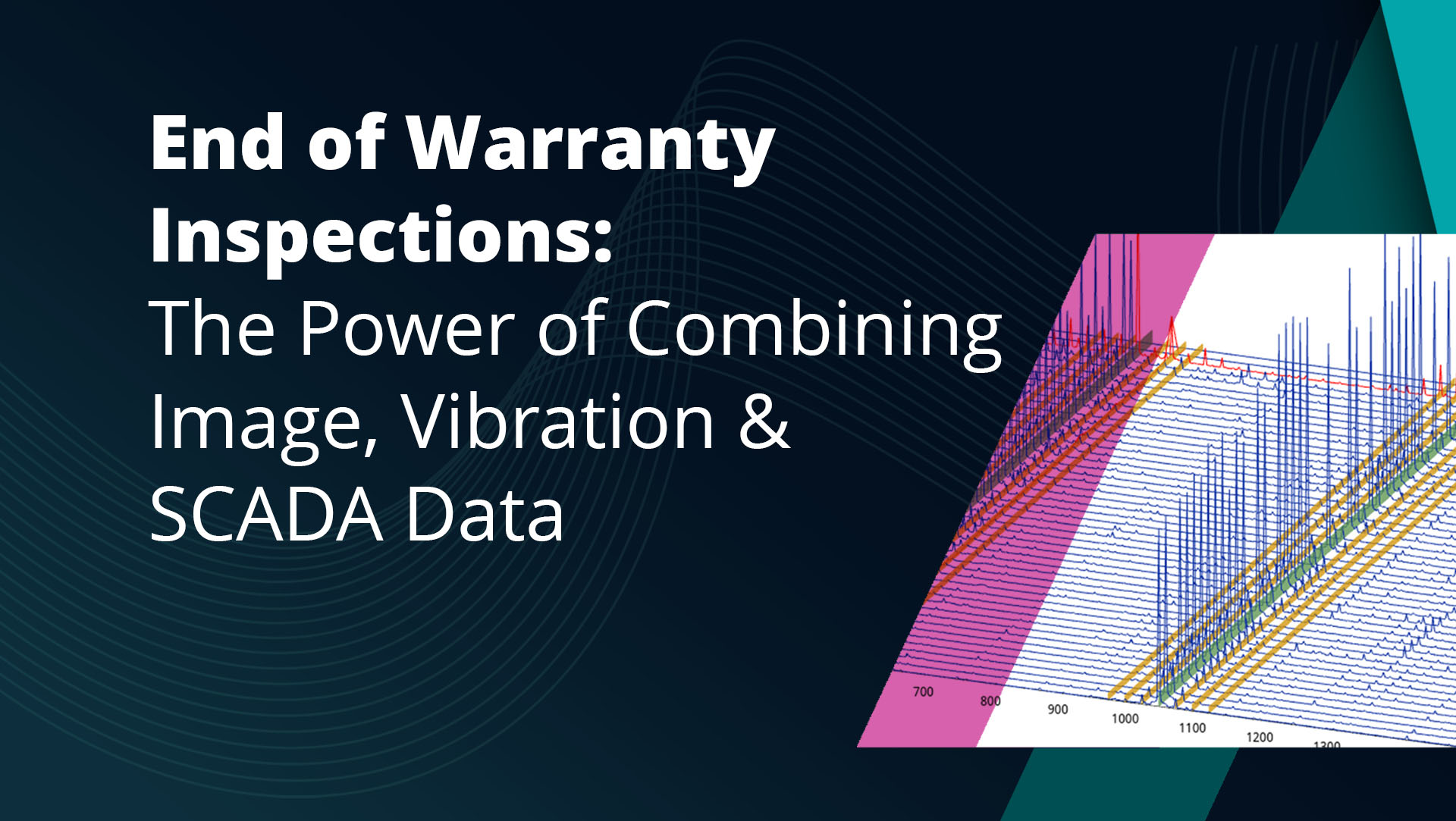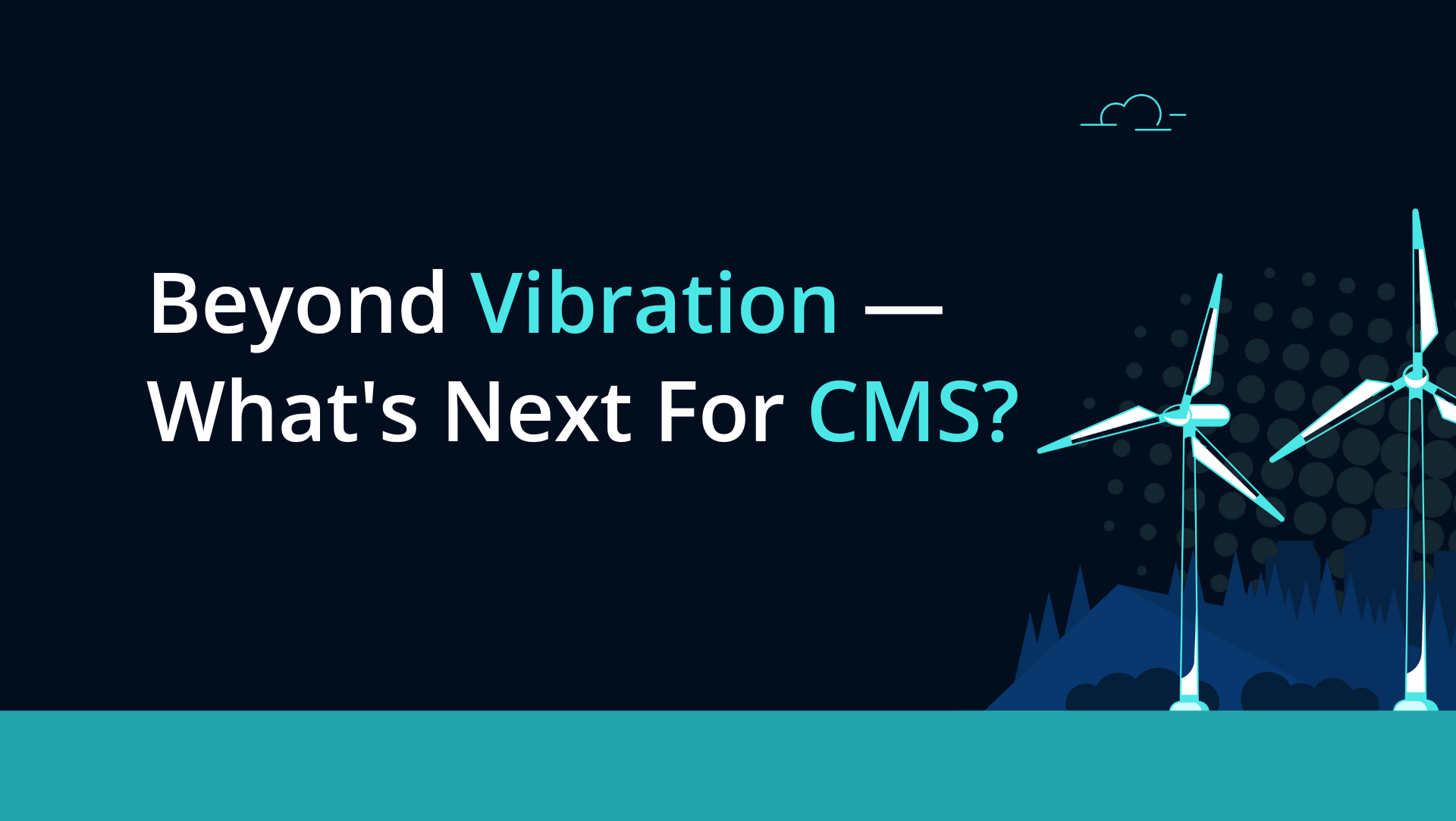The idea of transitioning to an in-house wind turbine condition monitoring system (CMS) model has gained a lot of popularity amongst wind farm owners and operators, especially in recent years as their FSAs come to an end. There are numerous potential benefits, including lower costs, better service quality, increased data ownership, and more.
However, moving assets in-house is no easy task. Before getting started, there are several factors your organization needs to consider, and it’s vital to have a detailed plan for success outlined.
Not sure where to get started when mapping out your in-house shift? We’ll break down the 5 main steps your team should follow to successfully transition to an in-house wind turbine CMS model and give detailed descriptions of the factors you’ll need to examine to determine if certain assets are a good fit for in-housing.
Ready to take the first steps to in-housing your CMS operations? We’re here to help!
Step 1. Ensure you have the necessary headcount and training
Before beginning any sort of plan or transition to an in-house CMS model, you’ll need to identify the additional roles and resources that will be required to successfully make this shift. To help estimate these needs, you first need to determine approximately how many assets you want to in-house. This estimate doesn’t need to be exact, but a rough outline is a must — it will help you identify your headcount needs and knowledge gaps before proceeding.
As you estimate your headcount and hiring needs for an in-house shift, ensure you account not just for the staff and knowledge additions required to perform your own analyses, but also for data connectivity needs. It’s important to be aware of what your existing team is capable of and where they might need assistance or additional training.
For an in-house CMS shift to succeed, the following roles and responsibilities must be filled:
Experience managing effective condition monitoring programs
To effectively in-house assets and manage your own wind turbine CMS program, you will need to hire condition monitoring engineers or upskill existing team members to take on the task.
Keep in mind that there is a significant skillset difference between a CMS engineer and a data analyst/scientist. On top of performing advanced data analysis, CMS engineers also heavily influence O&M strategies and they know the mechanical components like the back of their hand.
If you’re unable to hire experienced CMS engineers, it’s important to be aware that it may require a significant investment of time and resources to train existing employees to the necessary skill level.
Remember that your results are only as good as the insights they provide. They need to be presented in an actionable format. You need to establish a strong feedback loop between actioning on-site and delivering the monitoring.
It’s important that you have infrastructure or programs in place with the teams receiving information from your CMS team. That way, your company can create actionable items using the feedback from the technicians performing the inspections.
Monitoring infrastructure expertise
A highly available CMS data infrastructure is a requirement for an effective CMS program and it is important to have experienced IT professionals on your team who can monitor the infrastructure and troubleshoot any issues that may arise. This includes everything related from sensors and data acquisition units, to networking and servers.
Regular maintenance and upgrades should also be performed to ensure that your infrastructure can keep up with the demands of your wind turbine CMS. With a robust and well maintained infrastructure in place, you can be confident that your CMS operations will be efficient, reliable, and cost-effective, helping you to achieve your goals while minimizing communication issues and maintenance costs.
Asset management
You only see the true value and cost savings of a CMS program when actions are taken on-site, and you avoid a more expensive repair scenario further down the road. An asset manager has many responsibilities, including connecting monitoring teams with those taking action on the ground.
This role is vital to ensuring seamless interactions and clear communication. Often, recommendations from the CMS team end up in a large backlog and aren’t actioned within the recommended time frames, which restricts the potential savings. Smoothing out the flow by improving coordination and communication will help reduce OPEX and increase availability.
Step 2: Determine which assets to in-house
Your organization might be tempted to implement an in-house model for your entire fleet all at once. However, this strategy can potentially come with numerous obstacles. Instead, assess your fleet and select a small group that you can use for a trial run. Know your knowledge and staffing limitations so you can make educated decisions on what assets you should take over first and which ones to wait on.
These decisions can be influenced by your current providers — for example, if one provider isn’t doing a satisfactory job, your team might consider taking over those assets first. Other factors might include:
- Strategic importance: Assets that are critical to the company’s operations or that have a significant impact on the company’s bottom line may be prioritized for in-house management (or the opposite, depending on how confident your team is).
- Cost: In-house management of assets can be more cost-effective in the long run, so assets that are expensive to maintain or replace may be brought in-house first.
- Skill set: A company may choose to bring assets in-house if they already have the necessary skills and expertise to manage them effectively.
- Data security and compliance: Some assets may have specific data security or compliance requirements, and your organization might opt to bring these assets in-house to better control and protect sensitive information.
- Risk management: Assets that pose a high risk of failure or downtime may be brought in-house first to better manage and mitigate potential issues.
- Vendor dependency: A company may choose to bring assets in-house if they are heavily dependent on a single vendor for maintenance or support and want to reduce this dependency.
Ensure that your organization is taking these factors into account and any other specific concerns you have before making final decisions about which assets to in-house.
Step 3: Access data and establish connections and setup
To fully transition your assets, you’ll need to have access to your data and set up monitoring software. The software itself should be user-friendly and easy to work in. It should handle all major sensor systems — after all, you don’t want to go out to a bunch of different providers to buy their individual software products. The company you partner with should also be willing to support you on this journey with any training and onboarding needed.
Before you begin your transition, you must have complete ownership of all data, knowledge of exactly where it’s located, and the setup and access needed to obtain it whenever necessary.
Step 4: Monitor and analyze performance and adjust as needed
Once you have established which assets to in-house first and have the needed software access, you can begin your transition.
An in-house wind turbine CMS model naturally gives your organization more control over the operations of analysis, the systems, and the structure needed to effectively manage and improve team performance. Before in-housing any new assets, your team should have:
- Clear goals and objectives: The team should have a clear understanding of what is expected of them and how their work contributes to the overall success of the organization.
- Performance metrics: Your organization should have a set of metrics in place to measure their performance and progress towards goals.
- Communication and collaboration: Regular communication and collaboration among team members is essential to get everyone on the same page and working towards the same objectives.
- Training and development: Employees should have access to training and development opportunities to help them improve their skills and knowledge.
- Feedback and recognition: Regular feedback and recognition for a job well done helps to motivate team members and improve performance.
- Regular performance evaluations: Regular evaluations of employee performance should be conducted to identify areas of strengths and weaknesses and to provide guidance for improvement.
These elements will help everyone on your team get aligned and prepare them to take on new assets.
Keep in mind that in-housing your assets may not result in an immediate return or a dramatic drop in cost. While your organization may encounter obstacles and not reduce budget spend in the first few years, you’ll learn a lot through the process and make the next round of in-house transitions much smoother.
Step 5: Transition from providers to your own environment
Once your transitioned assets are performing well under an in-house model, you can explore transitioning most or all of your fleet. It’s important to remember that having 100% of your fleet in-house should not be the ultimate goal if it doesn’t align with your current business needs and parameters.
While your team should always be analyzing and reassessing performance of third-party operators to ensure they are providing the expected quality of data and service, continuing contracts with some operators rather than shifting those assets in-house might make more sense for your organization.
There are two main elements your team should focus on as you look to your next in-housing goals:
1. Deciding what to in-house next
Ready to select your next round of assets to shift in-house? Simply go through the same process as you did for the first in-housing decision. Take note of strategic performance, cost, etc.
Consider breaking the in-housing process into one year blocks — as one year is completed successfully and your assets and CMS processes are operating as expected, your team can request more budget to take on additional assets in the next year. Continuously monitoring progress and showing these results to stakeholders is key for those seeking to mostly or fully in-house their CMS operations.
2. Shifting focus to operations
Once the analysis teams are performing well, shift focus to improve the flow of information to Operations. Look to factors such as:
- Improving communication: In-house management allows for better communication and coordination between different departments and teams, which can help to improve the overall quality of service provided.
- Improving response times: In-house analysis can lead to faster response times, as teams can work together more closely and efficiently to address any issues or concerns that may arise.
- Creating tailored solutions: In-housing allows for more customization of maintenance and operations to the specific needs and requirements of the company and its customers, rather than relying on ‘one size fits all’ solutions provided by vendors.
- Make the most of the increased flexibility: In-housing allows for more flexibility in responding to changing customer needs or market conditions.
- Better understand the needs of internal stakeholders: In-house management allows a company to develop a deeper understanding of internal needs, which can be used to improve the quality of service provided over time.
- Improving accountability: With in-house management, a commitment needs to be made to in-housing the analysis and getting the most out of it.
How to take your first steps towards an in-house wind turbine CMS model
In order to prepare for the anticipated growth of the renewable energy industry, moving assets to an in-house wind turbine condition monitoring system is an excellent way for your company to take operations to the next level and stay ahead of the pack. You can potentially improve service quality, lower costs, better understand and leverage your data, and more.
However, to be equipped to overcome the potential challenges of an in-house shift, your team will need to have a variety of resources and processes in place. This includes choosing which assets to shift first, hiring for required roles and training employees, and getting your company’s leadership team to buy in.
Solidifying these factors can be difficult, which is why partnering with a third-party service provider to guide your organization through an in-house shift can be highly beneficial. A quality service provider should have great tech support, plenty of industry experience, a flexible contract structure, and transparency about how they operate.
SkySpecs CMS Services has all of the above and more. Our software is easier to use and more intuitive than other options on the market, and we will meet you wherever you are in the in-housing process.
Ready to take the first steps towards exploring an in-house CMS model?



